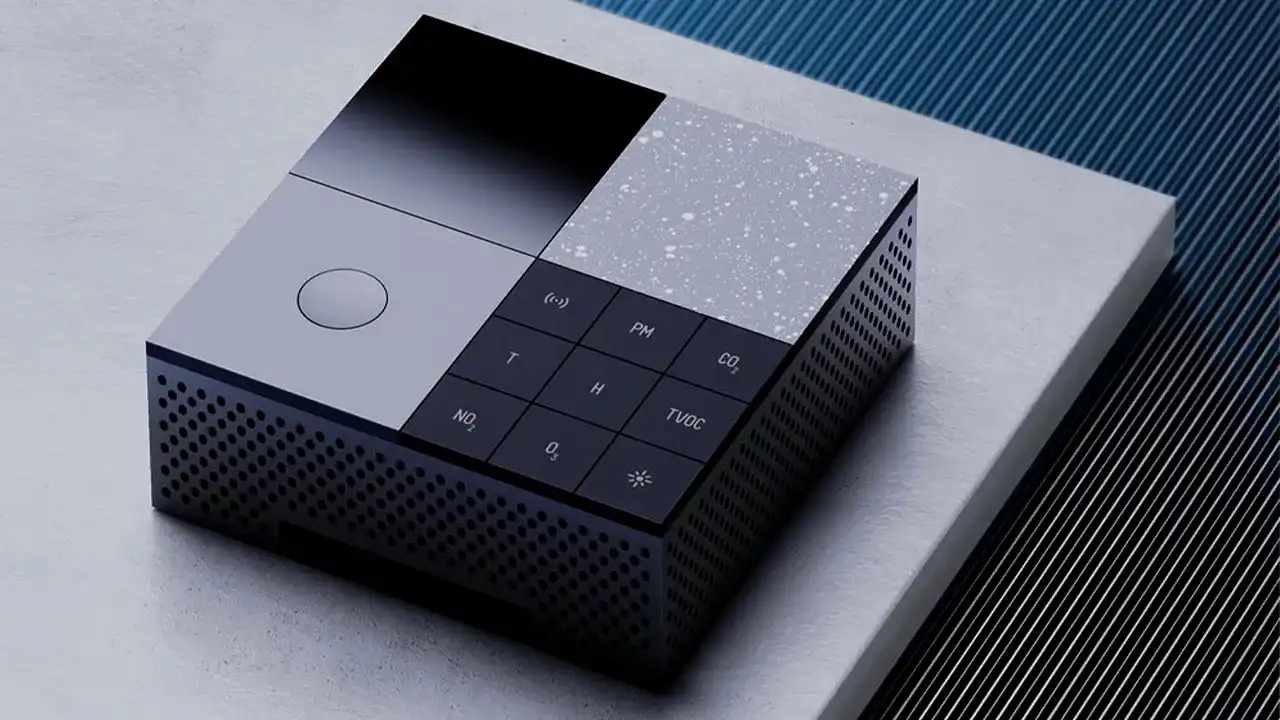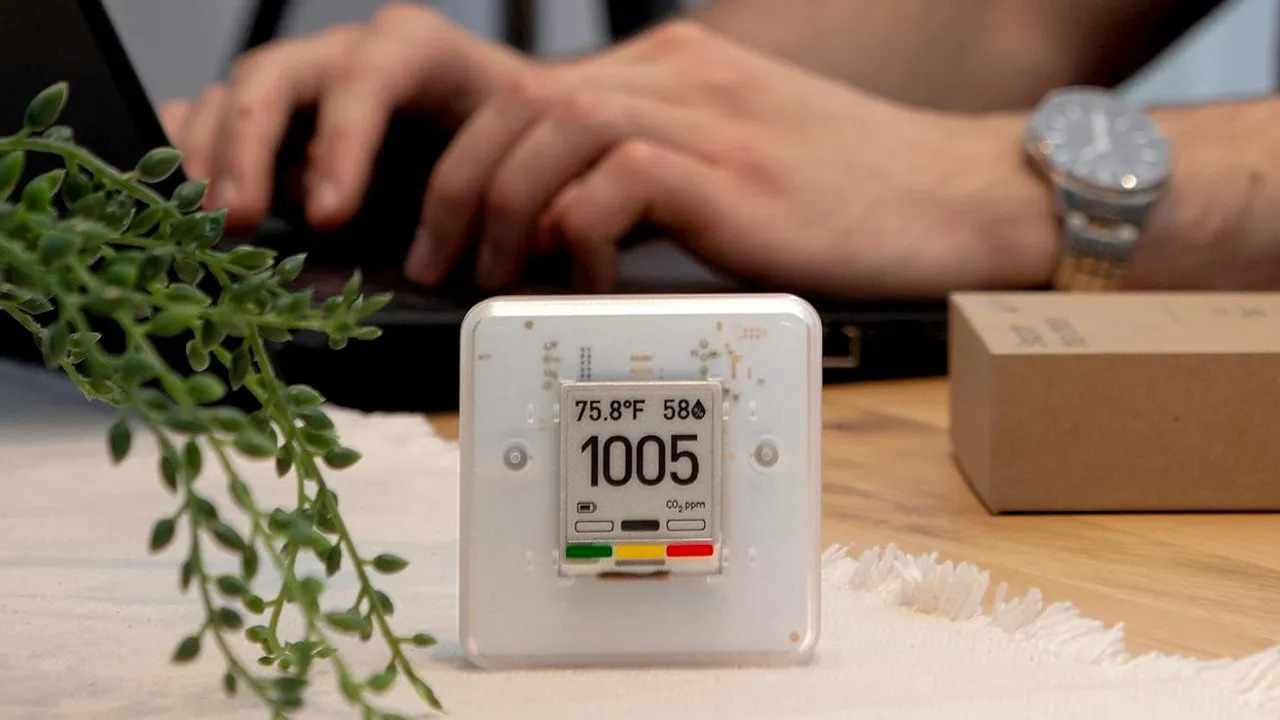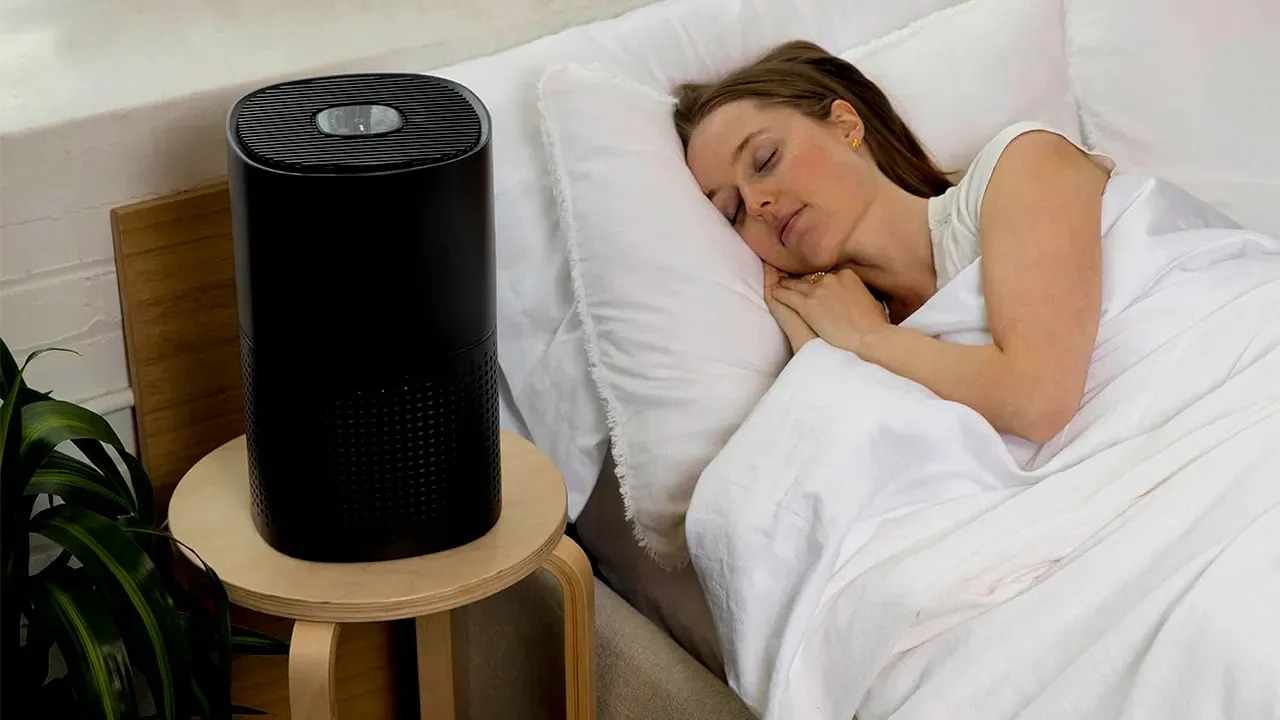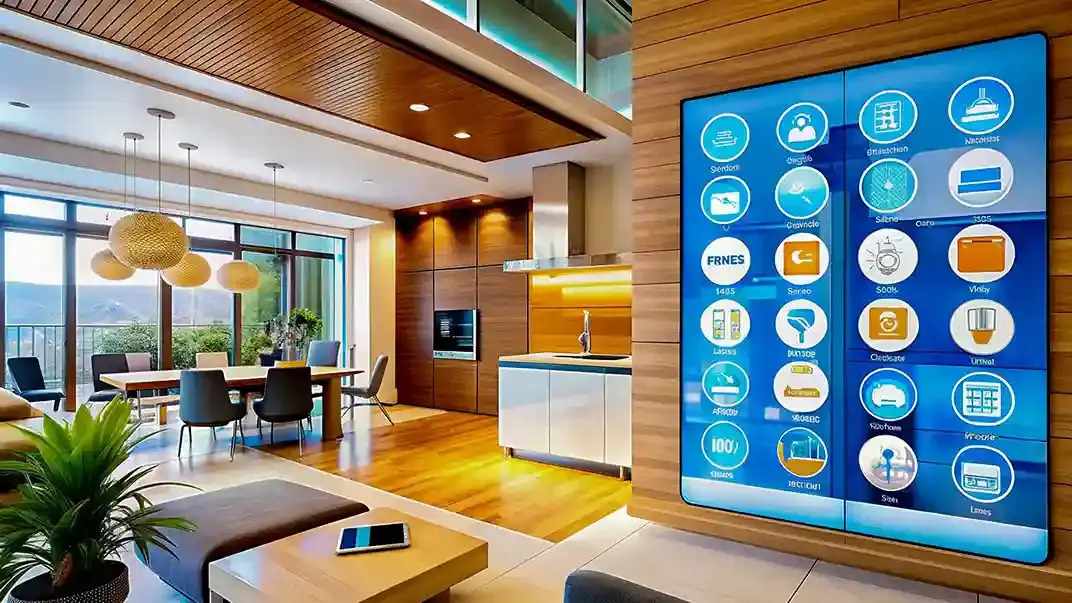
You walk into your home—the lights turn on, the room feels perfect, music plays softly. It’s the smart home experience we dream of. But what if your home could do more? What if it could warn you about invisible threats that impact your health every day?
According to the World Health Organization, 9 out of 10 people globally breathe air containing unsafe levels of pollutants—including indoor air. Most families don’t realize it, but their homes may be silently affecting their sleep, mood, and immune system.
Indoor air can be 2 to 5 times more polluted than outdoor air. Many symptoms like fatigue, coughing, or poor sleep are often caused by bad air—and smart home devices can help detect and fix these problems before they become serious.
Why Indoor Air Pollution Is a Hidden Danger
Indoor air pollution is one of the biggest threats we don’t see coming. The EPA says indoor air can be more harmful than outdoor air. Globally, 99% of people are exposed to air pollution levels that increase risks of serious diseases—heart disease, stroke, cancer, and more. Most of these begin in the very places we feel safest—our homes.
Common Indoor Pollutants That Affect Your Family
VOCs (Volatile Organic Compounds): From furniture, paints, cleaners, and air fresheners. They cause breathing issues, headaches, and increase long-term cancer risk.
CO2 (Carbon Dioxide): Builds up in tightly sealed homes. High levels can drop brain function by 23–44%.
PM2.5 & PM10: Tiny particles from cooking, dust, and smoke. WHO says they cause 4.2 million early deaths per year.
Why Most Symptoms Go Unnoticed
Bad indoor air doesn’t always smell or look bad. It slowly causes:
Headaches
Constant fatigue
Coughing
Trouble sleeping
This is known as “Sick Building Syndrome.” You might not notice the air is hurting you until you leave the space and feel better.
7 Signs of Poor Indoor Air Quality That Smart Devices Detect
1. Airborne Allergens
Pollen, pet dander, and dust mites are common. Particle sensors detect spikes and trigger purifiers or air circulation. Dust mites affect up to 20% of people.
2. Volatile Organic Compounds (VOCs)
New furniture and household products emit chemical gases for months. Smart VOC sensors alert you when levels get risky, especially as temperatures rise.
3. High CO2 Levels
CO2 builds up in bedrooms and offices. Above 1,000 ppm, it can impair decision-making. Smart thermostats adjust airflow when thresholds are crossed.
4. Excess Humidity
Humidity above 60% can grow mold fast. Too little (under 30%) causes dry skin and respiratory issues. Smart HVAC systems auto-balance moisture levels.
5. Mold and Odor Detection
Smart monitors detect odor patterns and mold 2–3 weeks before it becomes visible. This helps prevent asthma and other health complications.
6. Temperature and Comfort Imbalance
Environmental sensors monitor airflow and room comfort. When air stagnates, smart systems adjust fans or open vents automatically.
7. Sleep Disruption
Poor bedroom air can affect sleep. Smart home setups track CO2, allergens, and humidity overnight—and adjust conditions for better rest.
How Smart Homes Monitor and Fix Air Quality Automatically
Smart Sensors in Devices Like Awair & Airthings
These devices track VOCs, CO2, PM2.5, temperature, and humidity. They alert you and integrate with your phone or smart home system.Real-Time Voice Alerts via Alexa or Google
Ask “Alexa, what’s the air quality in the bedroom?” and get instant data. Get alerts when levels become unsafe.Automatic Adjustments with HVAC & Purifiers
If VOCs or CO2 go up, smart devices automatically turn on fans, purifiers, or ventilation—without you doing a thing.
Recommended Smart Devices for Air Quality Monitoring
Awair Element: Delivers a clear IAQ score and advice to improve it. Great for bedrooms and small apartments.
Airthings View Plus: Tracks radon, VOCs, CO2, and more. Syncs with your smart home and allows multi-room monitoring.
Dyson Smart Purifier: Acts as both air purifier and monitor. Shows real-time air data and adjusts settings automatically.
Final Thoughts: Don’t Let the Air at Home Make You Sick
You don’t need to be a scientist or tech expert to create a healthy home. Smart air quality monitors do the hard work—tracking, alerting, and even fixing your indoor air issues automatically.
If you’re constantly tired, getting sick more often, or just want to protect your family, it’s time to pay attention to the air you’re breathing. These devices are now affordable, effective, and essential.
Read the original article here: Can Your Smart Home Detect These 7 Indoor Air Quality Warning Signs?






Write a comment ...